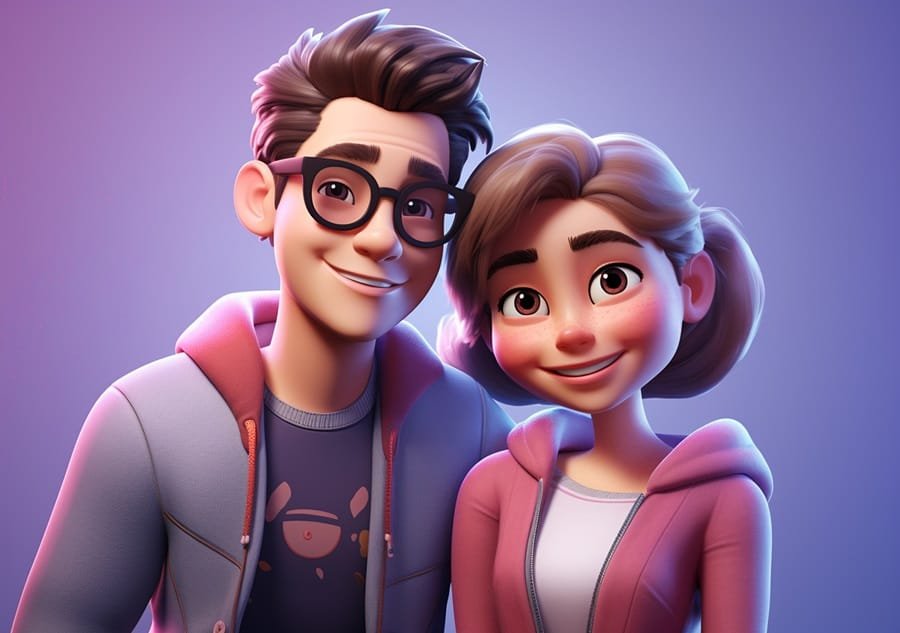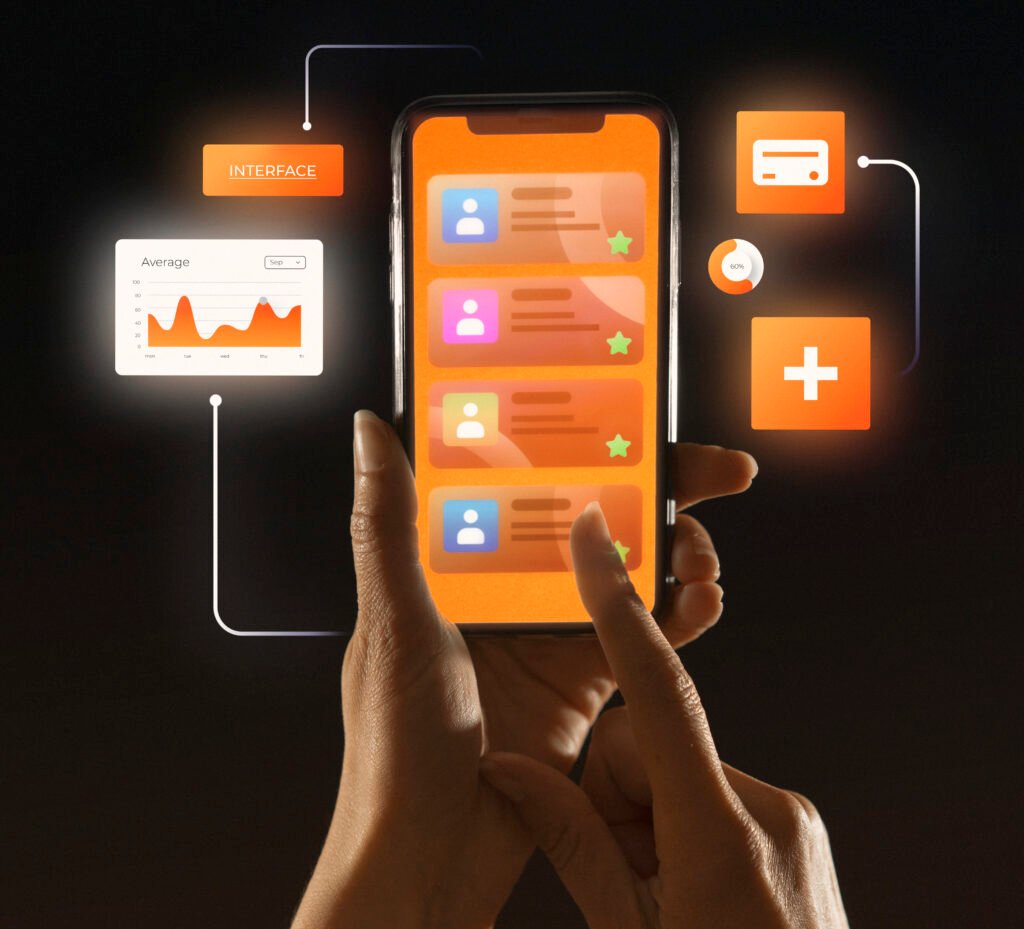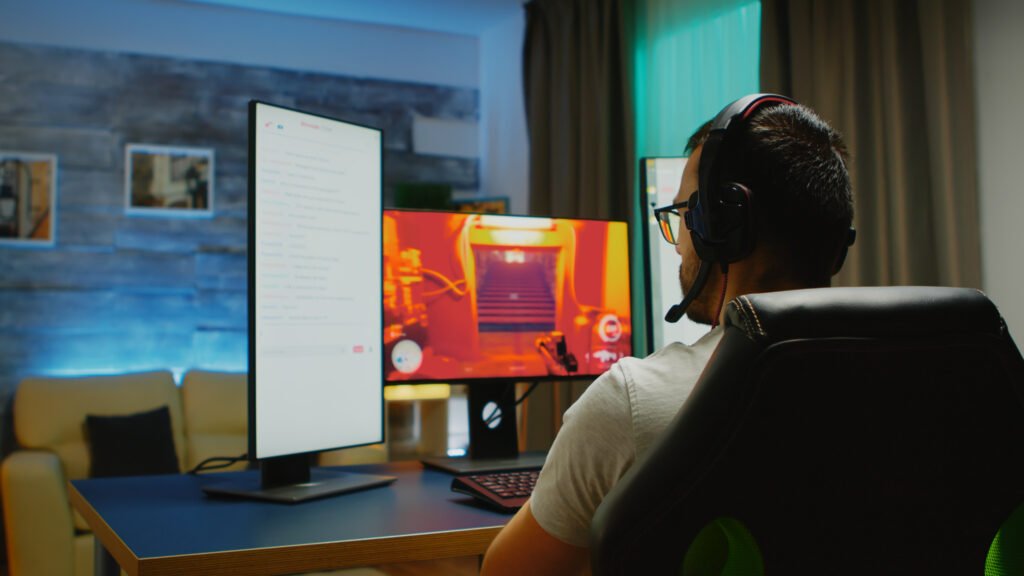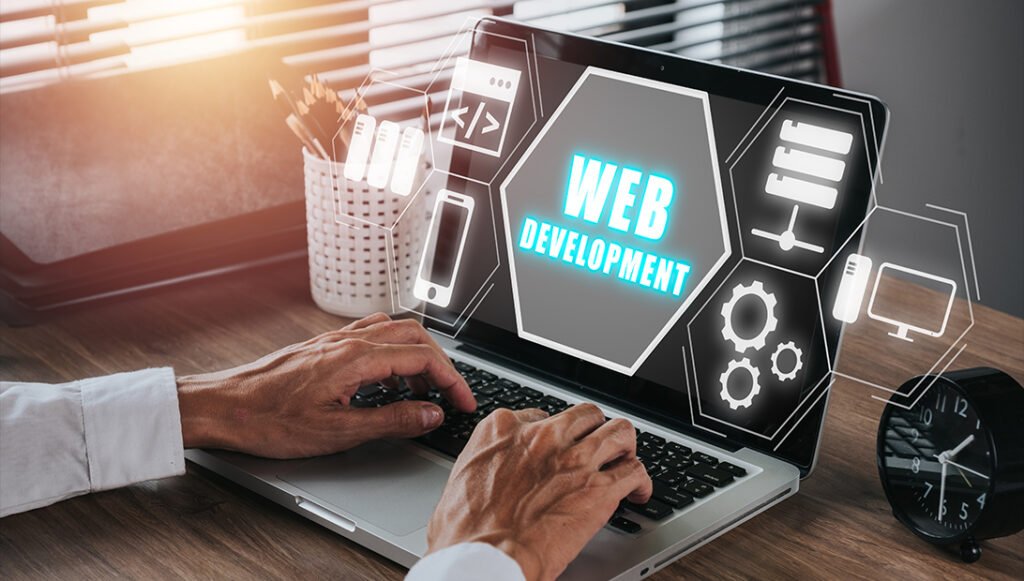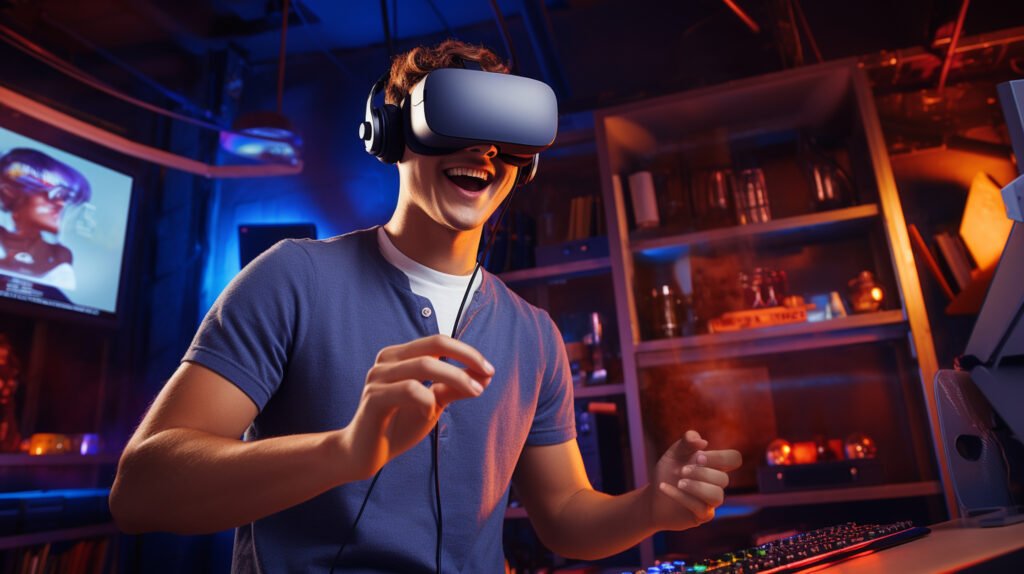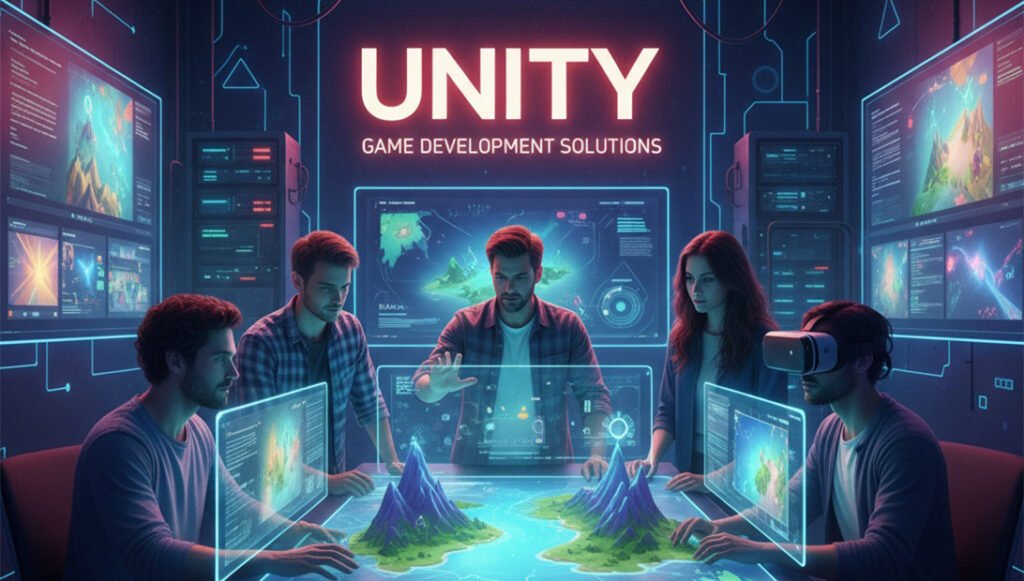Over the last few years, the world of 3D modeling has shifted to a new level due to machine learning (ML). The integration of 3D printing and such software tools has made it possible for artists, designers, and engineers to design and produce several models with great detail within a shorter time, all this being facilitated by the fact that it does not involve much manual work. More so, for those in business, game development, and entertainment industries, among others, there is a need to know how machine learning is relevant in determining the future of 3D modeling.
The Implication of Machine Learning in 3D Modeling
In general, the 3D modeling of traditional structures demands intricate and detailed time-consuming methods for generation. Whether it be for developing characters for video games or for the presentation of architectural plans, high-fidelity models are rarely created without talented teams and a great deal of time. Machine learning, however, changes this process and uses algorithms that can “learn” from big data and create elaborate models with increased accuracy.
Various 3D modeling applications of machine learning can identify patterns, comprehend the geometry of objects, and, sometimes, even predict the behavior or appearance of specific models. For example, an ML algorithm can add the missing information in low-resolution models or estimate how scene illuminating changes will affect look—something that often requires user intervention.
Efficiency and Speed
The most obvious benefit of adopting machine learning specifically in 3D modeling is that it can dramatically cut down the time it takes to complete the model. In a survey conducted in early 2022 published on Statista, over 40% of design companies reported shedding nearly 50% in the design process through the use of ML-powered tools. The ML algorithms minimize the effort spent on a specific design, enabling designers to dedicate time to creative and artistic endeavors while delegating tasks such as mesh generation and texture mapping to an AI program.
Enhanced Accuracy and Realism
Saying that precision is of great importance in 3D modeling, especially where potential applications include healthcare and automotive industries. High-fidelity models require accurate portrayal of physical objects because of their usage in research fields such as medicine and manufacturing. Using machine learning, designers can create models that appear realistically but also act realistically in virtual settings. For example, in an ML context, the simulation of real physics like how different fabrics bend or how light bounces off objects makes sure that models are aesthetically pleasing, as well as being very effective for simulation.
This level of accuracy has turned ML advanced 3D modeling into an effective tool in fields like virtual reality (VR), filmmaking, and even the creation of self-driving vehicles. 3D modeling for cinematic applications involves the precise creation of three-dimensional assets that serve as the backbone for visual effects. These sectors require organization and photorealism, as well as correcting real-time reactions, where machine learning is crucial.
Customization and Scalability
One more very strong feature of applying machine learning for 3D modeling is that it allows the creation of very specific models in large quantities. For instance, in the video game industry, the completion of character models by ML algorithms according to user preferences facilitates the creation of gamers' very engaging interactions. Further, this scalability provides flexibility to companies to produce many versions of a design as and when required; the process of prototyping can be done in a short time without necessarily compromising on quality.
Challenges and Future Outlook
Even so, one can see the benefits of integrating 3D modeling with machine learning, and at the same time, there are several problems. The problem of training them to read rather intricate geometry textures is a computationally intensive process that requires large databases. However, as technology advances, such challenges are believed to reduce gradually in the future. Industry analysts expect that several industries will incorporate ML-based 3D modeling as part of their standard practice by 2025, thus improving creativity, and decreasing costs and time to market.
Conclusion
The fusion of 3D modeling and machine learning is shaping the future of design and creativity. From speeding up production timelines to creating models that are both accurate and scalable, ML-powered tools are revolutionizing how we approach 3D design. For industries looking to stay ahead, investing in this advanced technology is no longer a choice—it’s a necessity.
By incorporating machine learning into your 3D modeling workflows, your business can unlock unparalleled levels of detail, accuracy, and efficiency, positioning you for success in a competitive, ever-evolving market.

